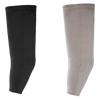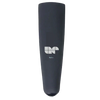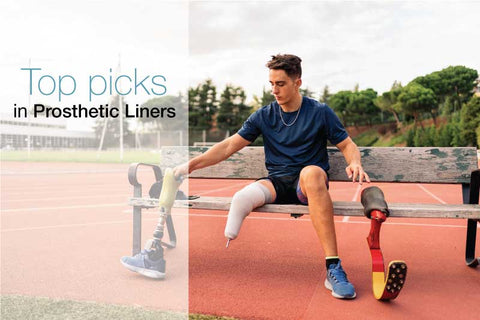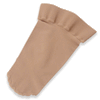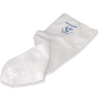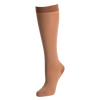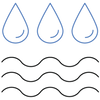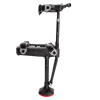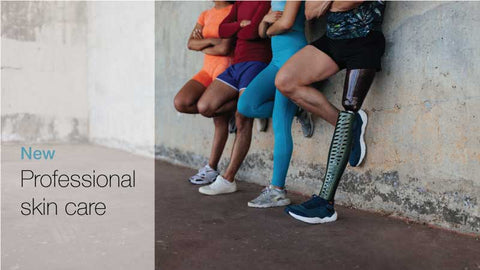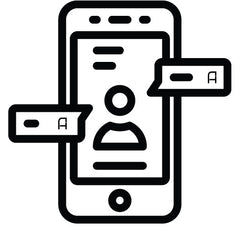The Science of Balance After Lower Limb Loss
Reading Time: 4 minutes
__
Summary:
-
Researchers test neural-controlled ankle to improve balance in amputees
-
dEMG sensors read muscle signals to enable more natural movement
-
Prosthesis adapts to user intent through machine learning and therapy
-
Study shows improved posture and control over passive devices
__
In the U.S., about 1.6 million people live with lower-limb loss, and this figure is projected to reach 3.6 million by 2050. Yet, existing lower-limb devices cannot offer continuous balance or posture control because they lack neural (brain and nerve) input. As a result, many prosthetic users face a higher risk of falling or having difficulty walking on certain surfaces.

The good news is that researchers are actively working to resolve this problem. One notable project was led by a team funded by the National Institute of Biomedical Imaging and Bioengineering (NIBIB). Led by He (Helen) Huang, Ph. D., the team created a prosthetic ankle that leverages residual limb muscles and their neural signals to enhance stability and ability to remain upright.
What types of prosthetics are currently available?
There are two main types of lower-limb prosthetics. The first is passive, intended to support the body without moving on its own. These can be static or adjustable and often resemble a natural limb. They are unpowered and lack a natural range of motion, making most lower-limb prosthetics fall into this category.
The second type is powered, designed to enable more natural movement. These devices are controlled by signals from the residual limb or other body signals, which are detected by sensors. This data is then sent to a computer model that manages balance and movement.
Why the dEMG-controlled prosthetic ankle helps with balance
To move, our bodies depend on electrical or neural signals that travel from muscles to the brain to control movement, including limb movement. Even after amputation, these neural signals continue to influence residual limb movement. However, since the entire limb cannot be moved via neural signals after amputation, individuals must develop new signals to activate their residual muscles.
In the system developed by researchers, direct electromyographic (dEMG) sensors detect new neural signals from residual-limb muscles. The electrical signals are then processed by the novel computer model that predicts the user’s intended movement or balance. In 2021, the team published a case study assessing the performance of a dEMG-controlled ankle prosthetic in a person with a below-knee amputation.
How does the dEMG prosthesis function?
To test the dEMG-controlled prosthetic ankle, researchers attached surface electrodes or sensors to the study participant’s residual limb to detect electrical signals (EMG) in their residual limb muscles. When the participant contracted these muscles, like flexing their foot, the EMG signals were transmitted to a computer model. This model then learns to interpret the person’s movement intentions to tailor a dEMG-controlled prosthetic system.
The dEMG system then activates the pneumatic artificial muscles—devices that use pressurized air to move—enabling natural control of the ankle based on the user’s intentions.
The researchers note that initially, the prosthetic limb may move unnaturally as the model learns the user’s movement patterns. Users would then need to work with a physical therapist to train their residual limb muscles to better communicate with the device, improving control and resulting in more natural movement and balance.
What did the study find?
The researchers assessed one man’s stability first with his passive prosthetic ankle and then, after completing physical therapy, with the dEMG-controlled prosthetic ankle. Results showed a clear improvement in his stability with the dEMG device.
He also demonstrated better control while standing on a foam surface and with his eyes closed.
Additionally, synchronization between his residual limb and the dEMG prosthetic was significantly higher than with his usual passive device.
The bottom line
Improving balance after lower limb loss requires more than physical therapy. Sometimes, it requires employing the body’s natural systems, in this case, the neural signals in the muscles. By harnessing neural signals from the user’s residual limb muscles, innovative devices, like the dEMG-controlled prosthetic ankle, go beyond simply replacing lost limbs—they help restore natural movement and balance.
Related Reading:
How Augmented Visual Feedback Influences Balance Control
How Prosthetic Ankle Stiffness Affects Balance and Gait

